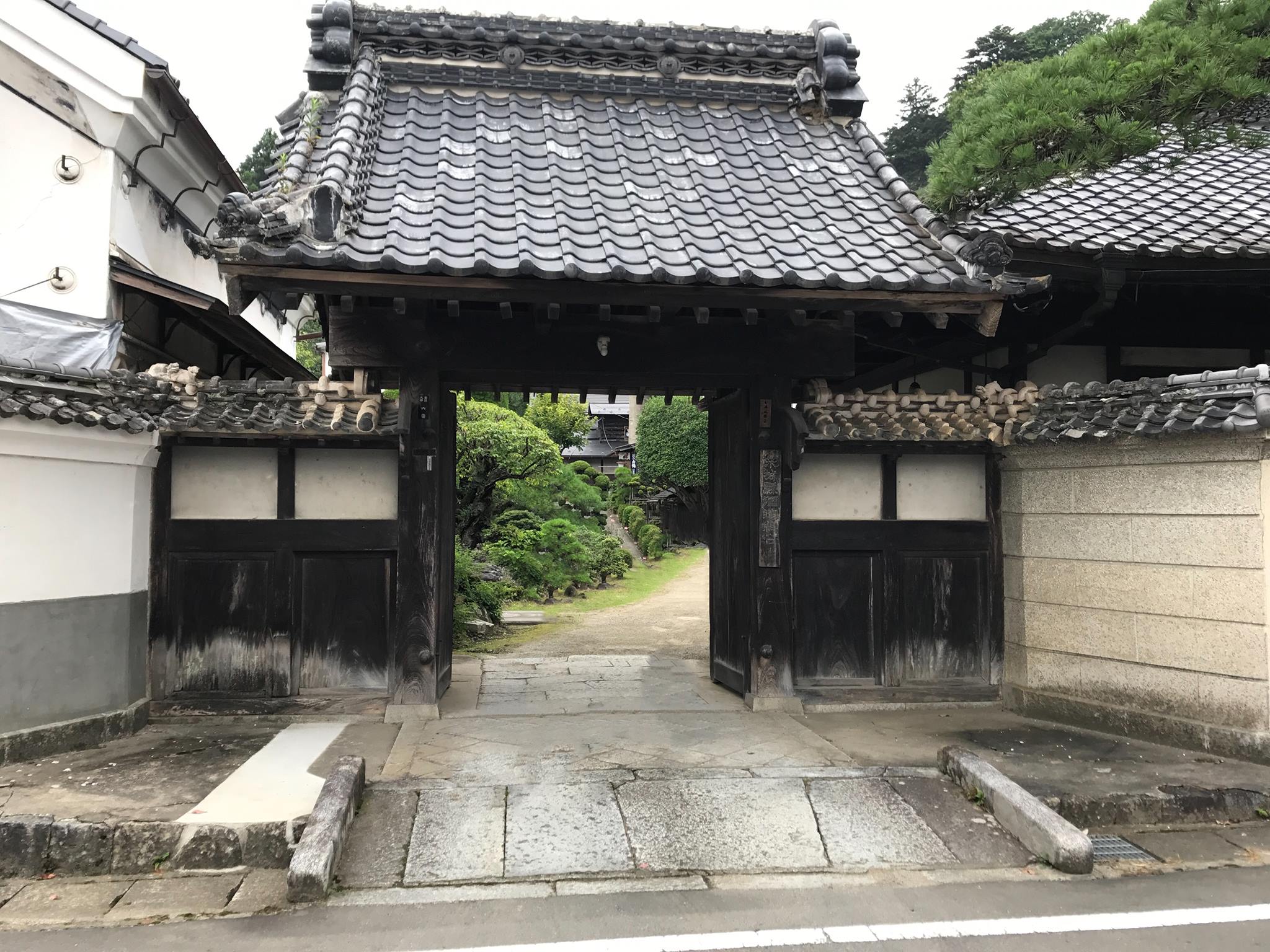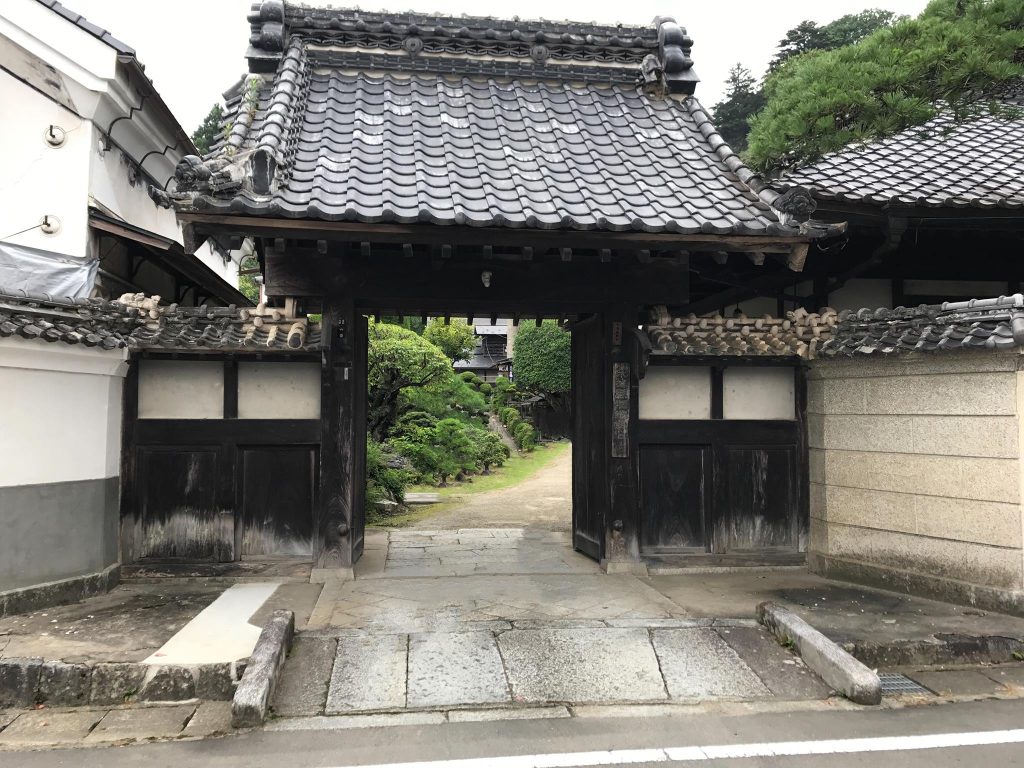
Sake review – Isaka sake brewery
History

Founded in 1818 Isaka Sake Brewery is located in the Satomi area of Hitachiota City in northern Ibaraki Prefecture. Satomi, once a village in its own right, has a thriving agricultural and forestry industry and an abundance of water with which to grow rice and brew sake.
The main brewery building dates back to 1899. The brewery stopped brewing during World War II. After the war they resumed brewing, starting with shochu (Japanese liquor) before inviting a toji (master brewer) from Niigata to revive sake brewing in 1955. Since 1996 the brewery has been brewing without outside assistance under the leadership of its president and master brewer, Katsuyasu Isaka.
The brewery still brews a rice-based shochu, Kame no Kotobuki (亀乃寿).
Sake which I tasted
Hinodetsuru Miyama Nishiki Junmaiginjo
Isaka first brewed this sake in 2018, to celebrate their 200th anniversary.
Type of sake: Junmaiginjo
Alcohol content: 15%
Sake rice: 100% Miyama Nishiki
Nihonshudo: ±0
Acidity: 1.5
Characteristics of the sake
Made from Miyama Nishiki, a sake rice peculiar to the Satomi area, and soft water purified in the surrounding mountains, the sake is aged at a low temperature to create a well-balanced sake with a refreshing aroma and a crisp, clean finish that brings out the flavor of the rice. While very slighlty on the sweet side it retains its acidity.
Recommend drinking chilled or at room temperature
Recommended food to pair with:
I tried pairing it with a number of dishes and found it paired well with salad, sashimi, hard cheese, cream cheese, blue cheese, and deep fried chicken
Hinodetsuru Junmaiginjoshu
Type of sake: Junmaiginjo
Alcohol content: 15%
Sake rice: Hitachi Nishiki
Nihonshudo: +3
Acidity: 1.2
Characteristics of the sake
Made from Hitachi Nishiki, a sake rice grown in Ibaraki Prefecture. Hinodetsuru was named by the founder of the brewery who learned to brew sake on land facing eastwards, where the sun rises. This is the brewery’s standard sake, and is suitable for drinking with most foods.
It has a mellow and crisp texture and a fruity aroma. As indicated on the label, it is slightly on the dry side.
Recommend drinking chilled,at room temperature, or slightly warmed
Recommended food to pair with:
Every day dishes such as stewed or stir-fried dishes. I drank it with niku jaga (meat and potato stew) and stir-fried mince and vegetables in a miso sauce. It also went well with cheese, tofu, sashimi, and grilled fish
Hoya (sea squirt) Experiment:
Hoya is a delicacy from Tohoku has something of a unique flavor that is certaintly an acquired taste. It has all five of the basic tastes, sweetness (amai), sourness (sanmi), saltiness (enmi), bitterness (nigami) and savoriness (umami). I heard a rumour that if you drink water or sake after eating hoya then the it makes the water or sake take sweeter. I happened to have some Fukushima hoya in the house so I decided to test out the rumour with Hinodetsuru Junmaiginjoshu. I made a vinegared dish using hoya and some raw seaweed (wakame), also from Fukushima (if I’d had any, I would have added cucumber too). I drank some sake, ate some hoya and then drank some more sake, and I have to agree that it did make the sake taste sweeter. I also tried it with Hinodetsuru Miyama Nishiki Junmaiginjo, but by this stage I found the hoya had hijacked my taste buds and I was unable to tell if the sake tasted sweeter.
—–
Detail:
Isaka Sake Brewery Website: https://www.isakasyuzou.co.jp/
Shop Link:
Location map on sakegeek:
Google map:https://goo.gl/maps/GEzDJLz5NB5Wg9fv9




